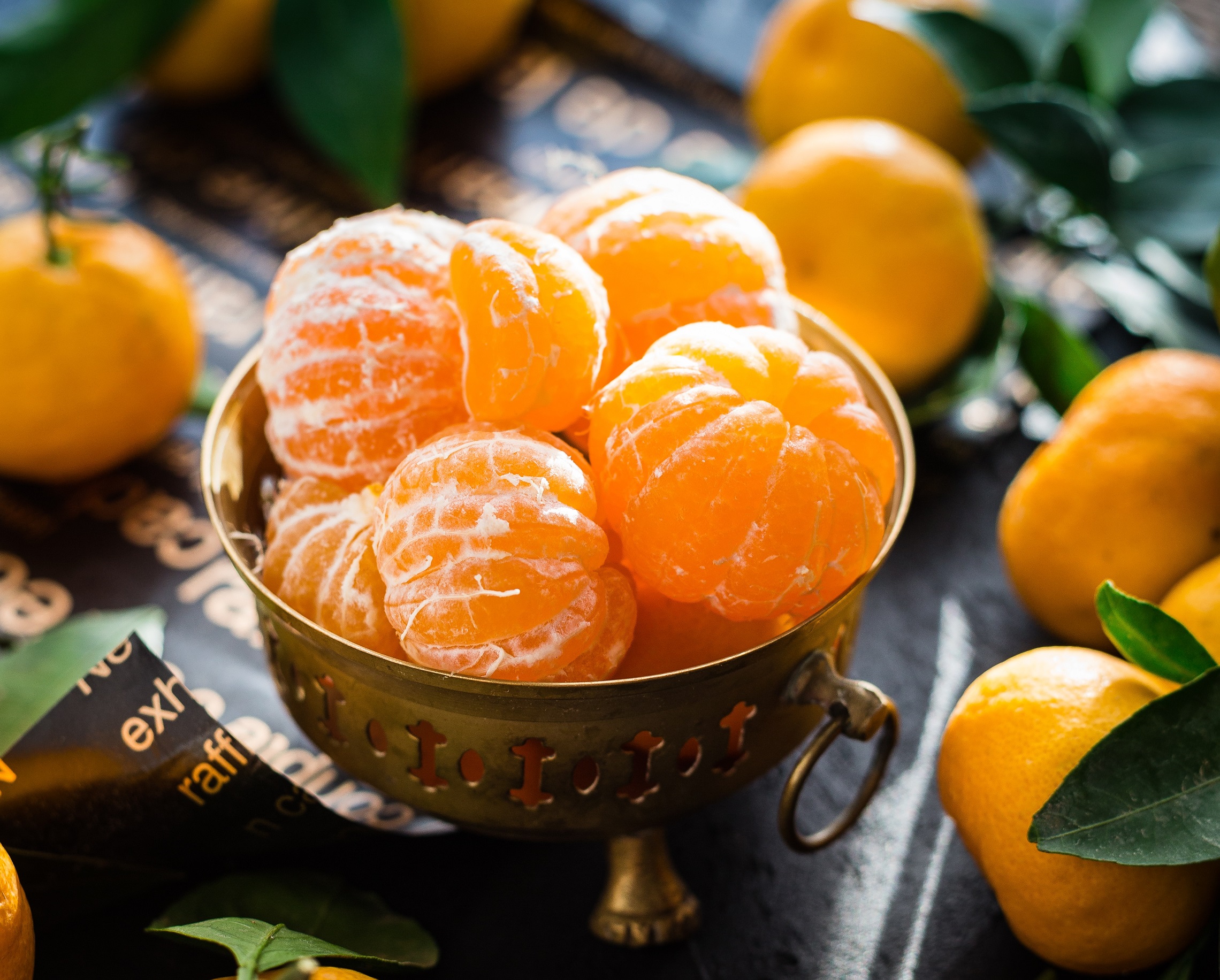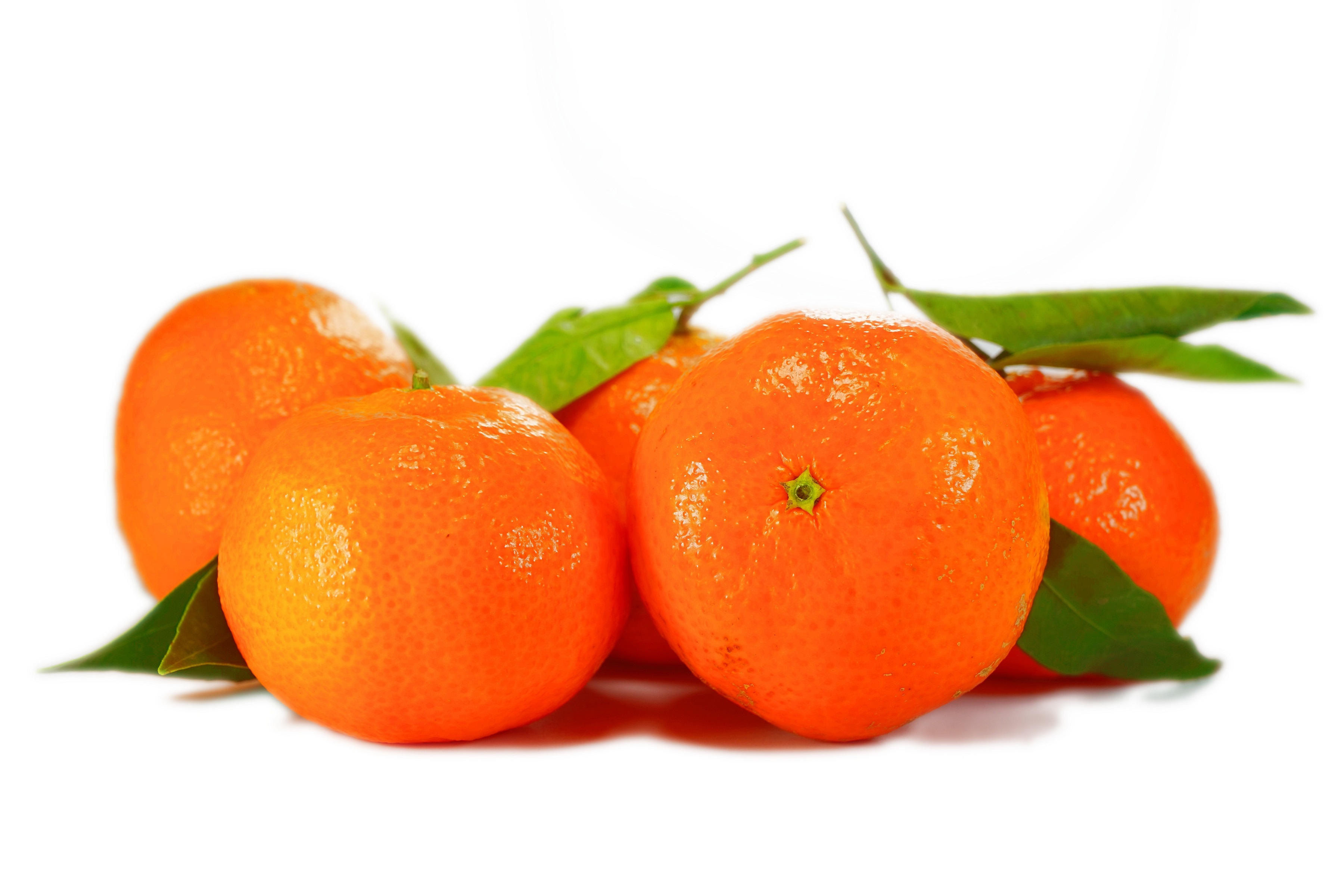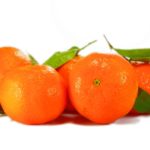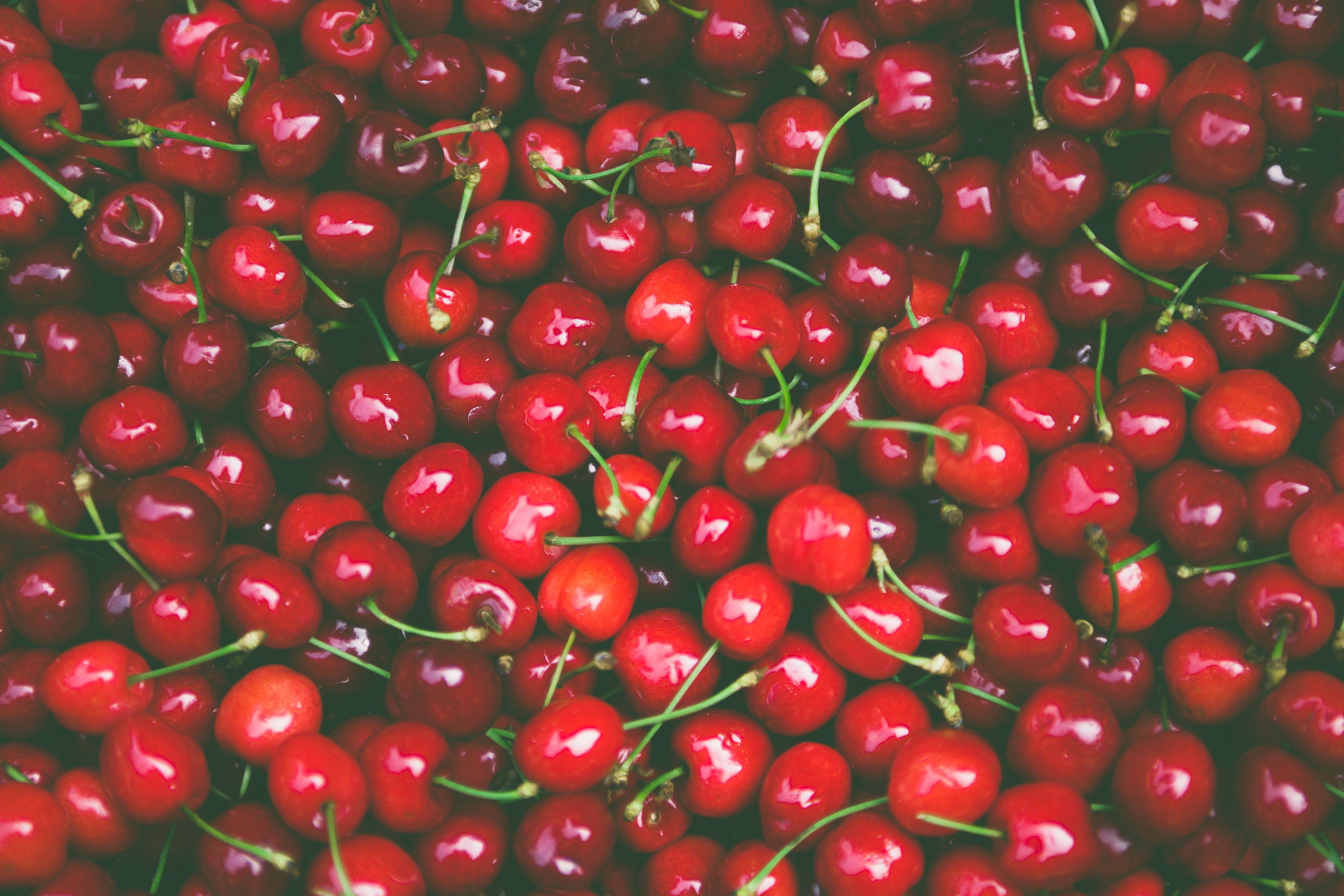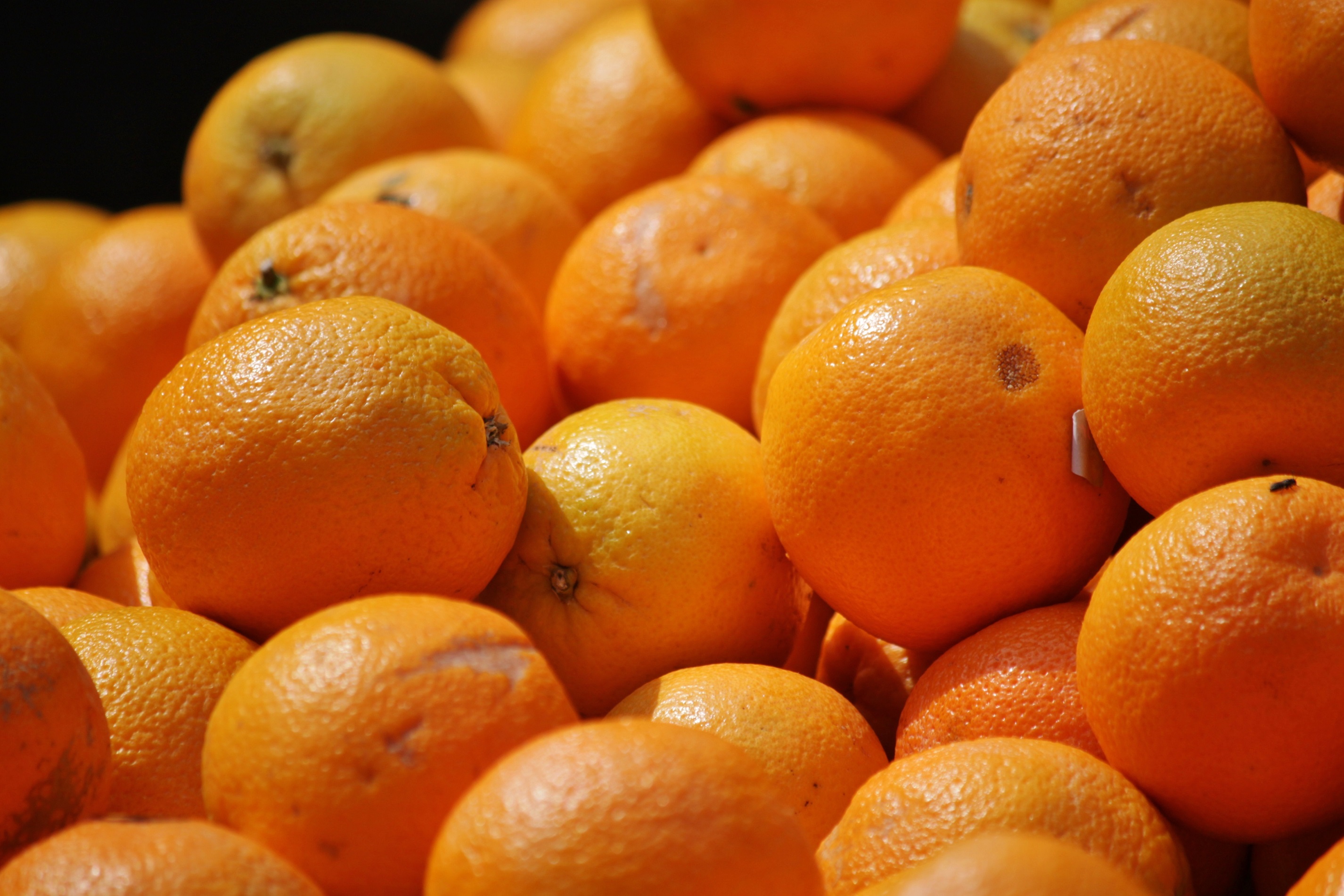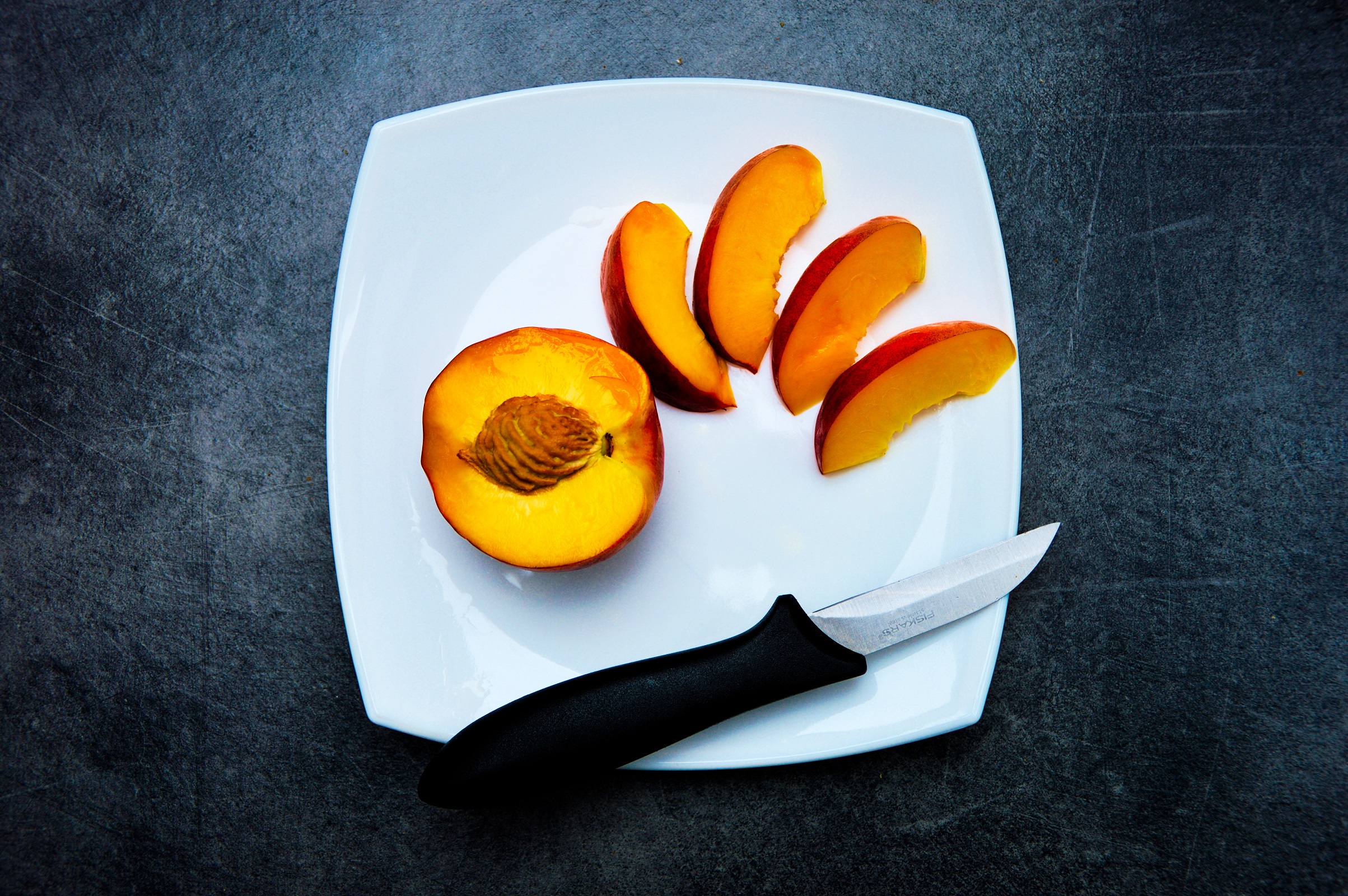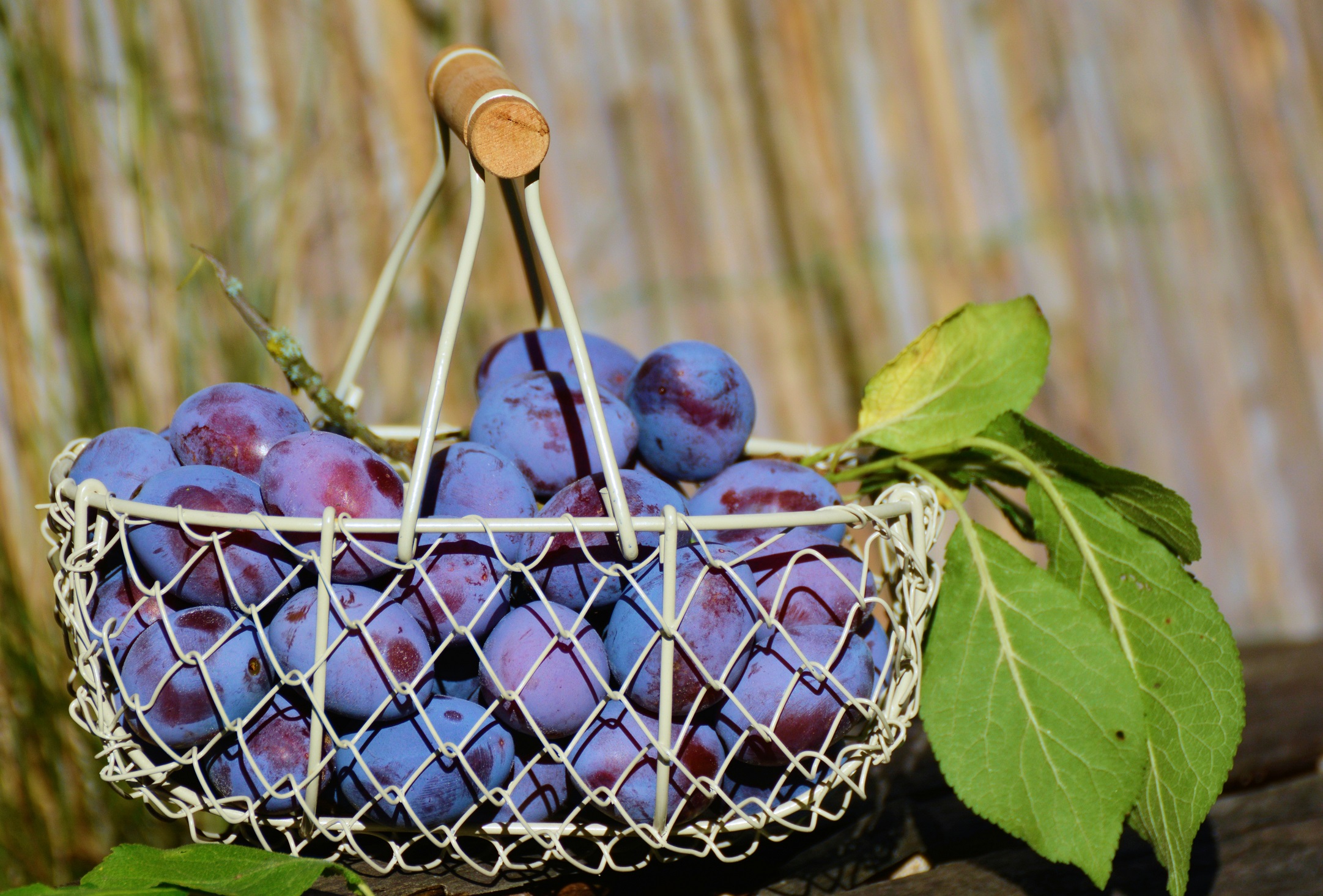Description
A clementine (Citrus × clementina) is a tangor, a hybrid between a willowleaf mandarin orange (C. × deliciosa) and a sweet orange (C. × sinensis), so named in 1902. The exterior is a deep orange colour with a smooth, glossy appearance. Clementines can be separated into 7 to 14 segments. Similar to tangerines, they tend to be easy to peel. They are typically juicy and sweet, with less acid than oranges. Their oils, like other citrus fruits, contain mostly limonene as well as myrcene, linalool, α-pinene and many complex aromatics.
In 2016, world production of clementines, mandarin oranges, tangarines and satsumas, reported as a group to FAOSTAT, was 32.8 million tons, led by China with 52% of the global total.
A clementine contains 87% water, 12% carbohydrates, and negligible amounts of fat and protein. Among micronutrients, only vitamin C is in significant content (59% of the Daily Value) in a 100 gram reference serving, with all other nutrients in low amounts.

